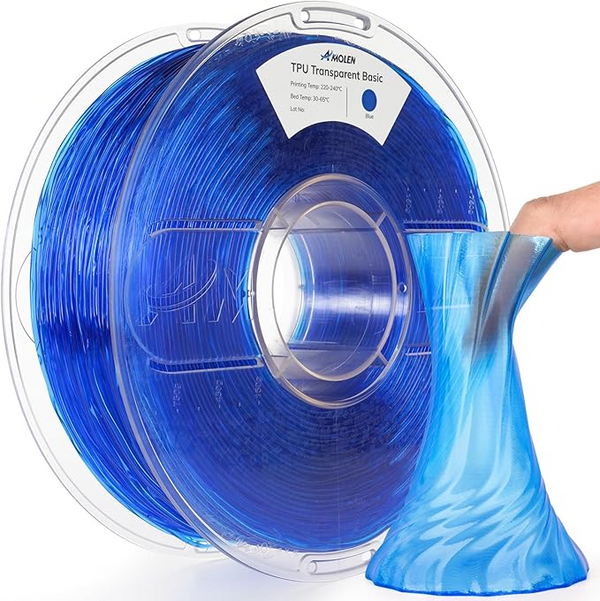Unlock the Secret to Finding the Best TPU 3D Printer Filament – Your Next Project Awaits!
Choosing the right TPU 3D printer filament is crucial for the success of your 3D printing projects, whether you're a seasoned professional or a passionate hobbyist. With its unique properties, TPU has gained immense popularity among 3D printing enthusiasts for its ability to create flexible and durable prints. As the demand for TPU filament continues to rise, the options for purchasing it have expanded significantly. You can either buy it online from various retailers or seek out local suppliers who may carry it. Each option comes with its own set of pros and cons, making it essential to weigh your choices carefully before making a purchase.

Understanding TPU Filament
TPU, or Thermoplastic Polyurethane, is a highly versatile filament known for its flexibility, elasticity, and toughness. Unlike traditional filaments that may produce rigid prints, TPU allows for the creation of objects that can bend and stretch without breaking. This makes it ideal for applications such as phone cases, wearable devices, and prototyping soft parts. Additionally, TPU is characterized by its ease of use—it adheres well to various build surfaces, reducing the risk of print failures. Many users, including a friend of mine who loves creating custom shoe soles, have found that their projects benefit from the unique properties of TPU, elevating their 3D printing experience.
Where to Buy TPU 3D Printer Filament
When it comes to purchasing TPU filament, you have two primary options: online retailers and local suppliers. Buying online offers the convenience of extensive choices and often better pricing, but it can come with drawbacks like shipping time and the inability to inspect the filament physically before purchasing. On the other hand, local suppliers may provide immediate access to the filament, allowing you to verify the product quality in person. However, their stock may be limited, and prices could be higher than online options. Consider factors such as your project's urgency, availability of local stores, and any potential support you might need when deciding where to buy.
Evaluating Quality and Specifications
Assessing the quality of TPU filament is vital to ensure successful printing outcomes. Key aspects to consider include diameter consistency, shore hardness ratings, and manufacturer specifications. A consistent diameter (usually 1.75mm or 2.85mm) is crucial for preventing clogging in your printer. The shore hardness rating, which ranges from soft to hard, affects the flexibility of your final print; softer filaments are more flexible, making them suitable for specific applications. Additionally, scrutinize product descriptions and customer reviews for insights into filament performance, ensuring that you choose a high-quality TPU that fits your needs. A friend of mine learned this the hard way after choosing a poorly rated filament that resulted in frustrating print failures.
Tips for Successful Purchases
Selecting the best TPU filament for your needs involves a few practical steps. Begin by understanding your project requirements: consider whether you need high flexibility, durability, or a specific finish. Don't hesitate to experiment with different types of TPU, as variations in formulations can yield different results. Before making a purchase, check for compatibility with your 3D printer; not all printers handle flexible filaments well. Lastly, consult online forums or groups where experienced users share their insights and recommendations. Engaging with the community can lead to valuable tips that enhance your purchasing decisions and overall printing quality.
Maximizing Your 3D Printing Success with TPU Filament
In summary, the right TPU 3D printer filament can significantly impact the quality of your printing projects. By understanding the filament, evaluating where to buy it, assessing quality, and following practical purchasing tips, you can make a well-informed decision. Whether you choose to shop online or at a local supplier, be sure to explore all your options. Investing time in selecting the right filament will pay off in the quality and durability of your prints, ultimately enhancing your 3D printing journey.








